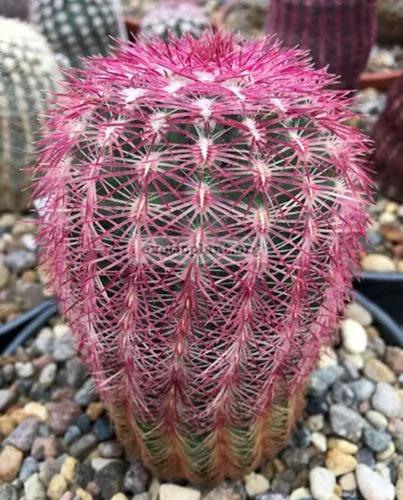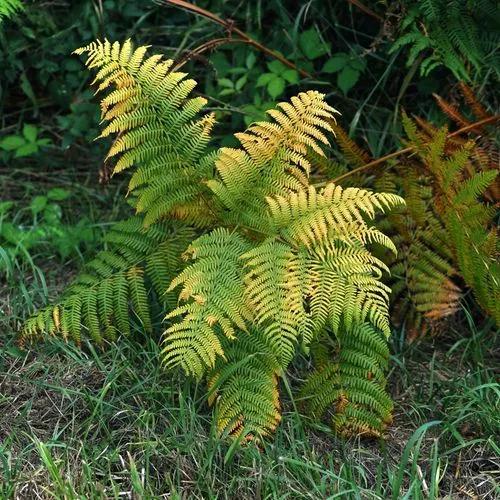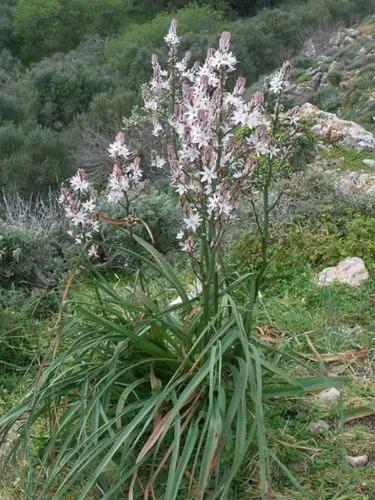The totally tropical heliconia has stunning tall branched stems, with bold flowers and luscious long green leaves. Flower color yellow-green the flowers small and insignificants bracts can be: red, yellow, green, orange or pink, bracts grow on the spikes in a shape of triangle, the bracts full of water and attracts hummingbird.Leaves color green in oval, the size can be 0.5-2 m.
Macaw-flower Care
Heliconia Bihai



How to Care for the Plant

Water

Grow in well drained conditions, and keep well watered. Heliconias can be thirsty plants. Let the soil almost dry out between watering, and ensure to always empty the saucer. Heliconias shouldn’t stand in water.

Fertilizer

Liquid or slow release fertiliser is recommended to be applied during in the warmer months, choose one suitable for your houseplants and always follow the instructions on the pack for measurements and frequency. This plant doesn’t require fertiliser in the cold of winter

Sunlight

Full sun or light shade. This plant requires a very warm and bright position.

Soil

High quality premium potting mix or loam based soil. Ensure well draining.

Temperature

When kept in a tropical setting as a perennial, the long, fronds of this plant are evergreen. In cooler environments, leaves naturally die back in cold (50 degrees Fahrenheit or lower) weather.

Container

When choosing a pot - pick one with a drainage hole, and use a saucer to catch escaping water. Empty the saucer after watering. May need repotting every 12 months in the spring.

Additional

Begonias are toxic to pets, according to the ASPCA, though the most toxic portions of the plant are the underground tubers and roots.

Popularity

470 people already have this plant 111 people have added this plant to their wishlists
Discover more plants with the list below
Popular articles






